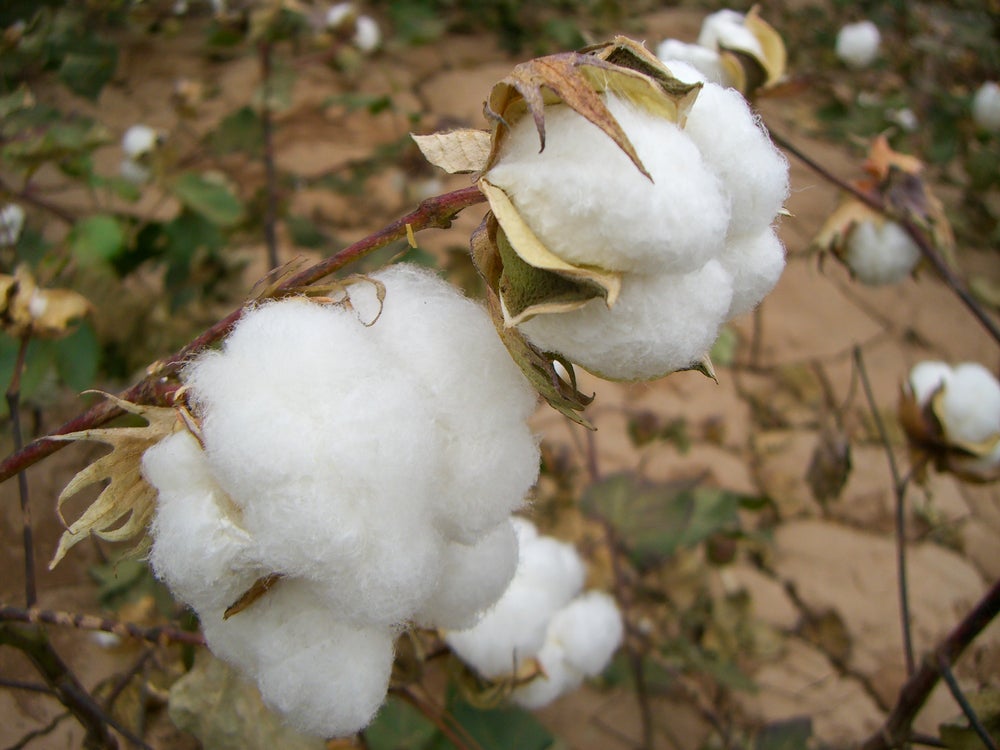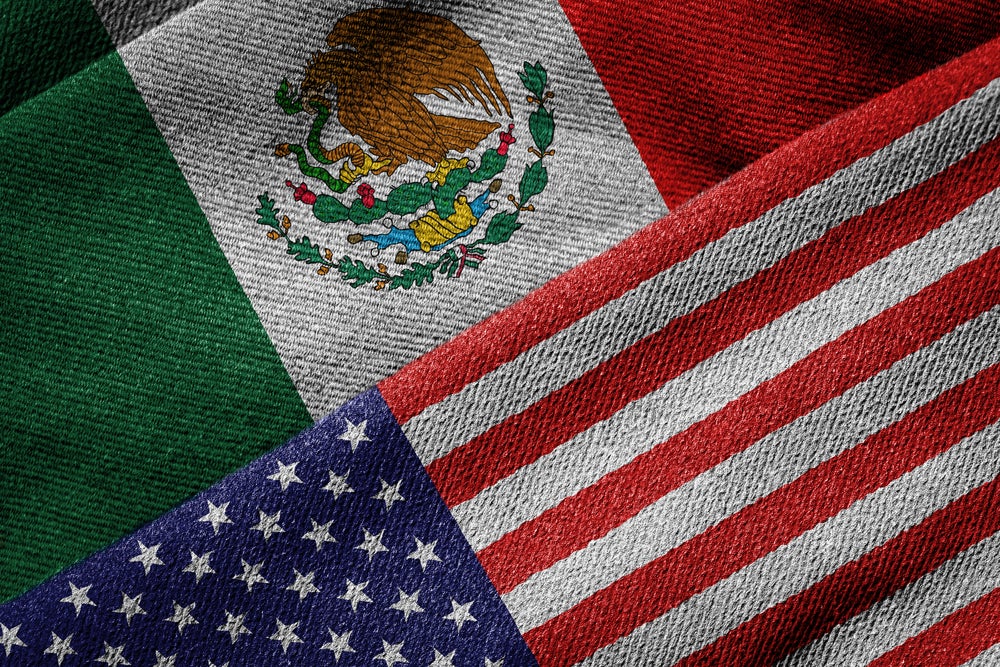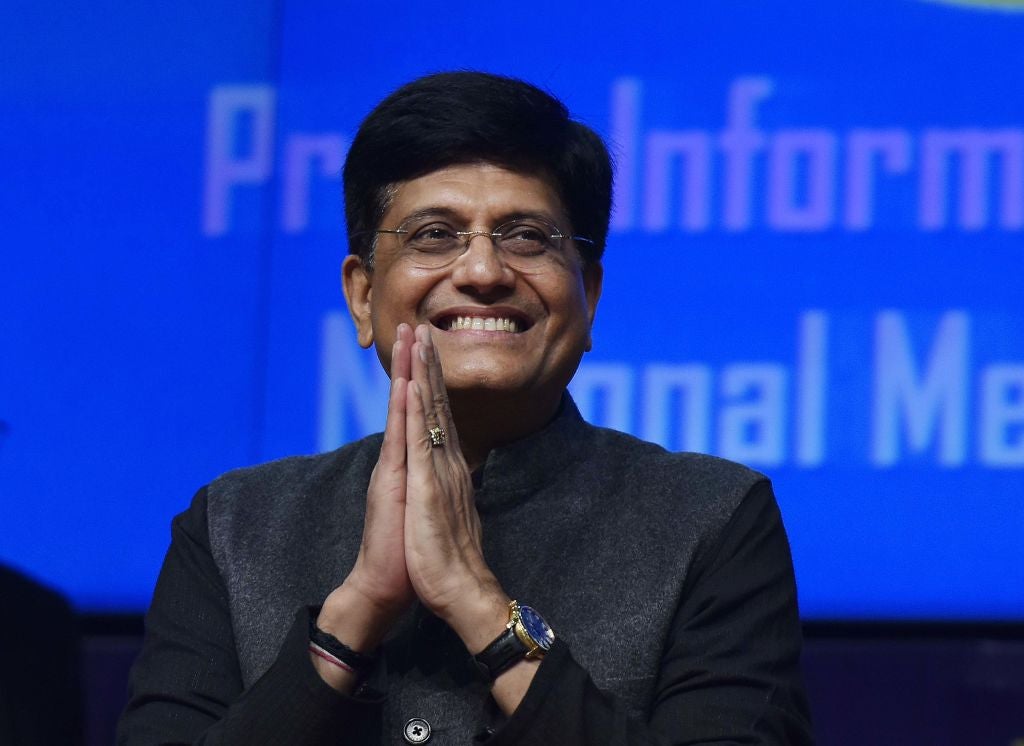The United States Fashion Industry Association (USFIA) president Julia Hughes said the US hearing on the enforcement of the Uyghur Forced Labor Prevention Act (UFLPA) was a positive step towards improving the understanding about UFLPA enforcement strategies and how the private sector is a partner in those efforts.
She added that she appreciates the Subcommittee, and the US Congress wants to ensure the enforcement of the UFLPA is targeted and effective and fashion brands and retailers are also committed to ensuring forced labour is eliminated from the supply chain.
She stated: "We will continue to work with Congress, the Department of Homeland Security, the Department of Labor, US Customs and Border Protection, an the Forced Labor Enforcement Task Force to improve transparency, improve targeting, and develop a joint approach with the fashion industry to focus on high-risk trade without stopping legitimate trade."
American Apparel & Footwear Association (AAFA)'s SVP Nate Herman added: “Our members have a zero tolerance for forced labour and will continue to make every effort to mitigate, root out, eliminate, and prevent forced labour in their supply chains."
He explained AAFA's members are continuously strengthening the measures they take to identify and eliminate forced labour from their supply chains with AAFA brands implementing traceability, new technologies, and other tools to ensure that there is no forced labour in their supply chains.
US fashion sector's concerns over incorrectly detained apparel shipments
But, he noted one concern is that more than 37% of the adjudicated apparel and textile shipments that Customs and Border Protection (CBP) detained since the inception of UFLPA were ultimately determined to have no nexus with Xinjiang or any forced labour.
Herman added: "The remaining 63% of the adjudicated shipments were not necessarily found to have a nexus or forced labour as some opt to not fight it because the process to do so is incredibly cumbersome, lacks clarity, and takes a very long time to adjudicate (8-12 weeks)."
He continued: "When a shipment is detained, the detention notice only says the shipment was detained because of UFLPA. It doesn’t even say which part(s) of the shipment are subject to UFLPA. So, the importer is left with proving a negative, and proving that negative on parts of the shipment that might not even be subject to the detention," Further, apparel is a seasonal product. Say a shipment with summer product (shorts/t-shirts) is detained by CBP in May. Even if the importer is able to provide the right documentation to prove no nexus and get the shipment released, CBP’s review takes so long that the shipment isn’t released until September, rendering the shipment worthless.”
AAFA president and CEO Steve Lamar agreed and pointed out that's why it is "incredibly important for CBP to get it right".
He said: "With over a third of the detained adjudicated shipments released to date, CBP is most definitely not getting it right a lot of the time. That means a lot of good actors are getting hurt while bad actors might be slipping by. Getting a shipment cleared is a very labour intensive and costly endeavour – for both CBP and industry – which adds up to a lot of work that unfairly targets legitimate trade while diverting critical CBP resources.
"Of course, if CBP finds any shipment with a nexus, this is a problem. The UFLPA is a key component of a broad global strategy, and our shared goal, to end forced labor. And we look forward to continuing to strengthen and clarify the process with CBP to make UFLPA more effective and enforceable.”
US hearing shares challenges of enforcing UFLPA
House Homeland Security Subcommittee on Oversight, Investigations and Accountability Chairman Dan Bishop explained during the opening statement of the hearing on 11 January that it followed a previous hearing in October.
During the October hearing, a panel of policy experts and industry representatives highlighted ongoing issues and concerns related to preventing goods made with Uyghur forced labour from being imported into the United States.
He explained that China’s use of forced labour in global supply chains continues to pose a significant enforcement challenge across a wide range of economic sectors, including textiles.
For example, he said: "The overwhelming majority of cotton used in Chinese textile products is grown in the Xinjiang province, which the UFLPA specifically singles out as a focal point of China’s state-sponsored forced labour regime.
"Any cotton grown in the province is presumptively linked to forced labour under the UFLPA, yet CBP’s [US Customs and Border Protection] isotopic testing of clothing samples still found items shipped to the US made with cotton from Xinjiang and CBP detained $46m worth of textile and clothing imports for suspected UFLPA violations since June 2022."
He pointed out that CBP’s detention rate is "just a sliver" of the billions of dollars of textile products the US imports annually from China, which he said emphasises the continuing challenge in effectively enforcing the UFLPA.
Bishop also shared the range of tactics that is allegedly used to to profit from goods tainted with forced labour such as shipping products through other countries to disguise the country of origin, mixing inputs produced with forced labour with clean inputs, and misrepresenting the origin of the products in question.
He added that technology such as isotopic testing can help identify inputs traced to a geographic area, such as cotton grown in Xinjiang, but he said it is not clear how widely or routinely such forensic technologies is being used.
In the October hearing, several witnesses pointed to the "rapid increase" in de minimis shipments as an avenue for prohibited goods to enter the US, with de minimis shipments more than doubling over the last five years and more than one billion de minimis shipments entering the US in fiscal year 2023.
The witnesses also highlighted the limited scale of the UFLPA Entity List. This list contains 30 entities, only ten of which have been added since the initial list was published.
Bishop shared: "It seems the Entity List is merely scratching the surface of the vast universe of potential entities that could be listed."
He also questioned whether the interagency process to consider new additions is too cumbersome and if there could be ways the process might be improved.
More broadly, he said: "Given Beijing’s resistance to supply chain investigations for forced labour and its control of information, does the task force have sufficient capabilities to monitor and analyse the use of forced labour within China?"
Four steps to tackling forced labour in the supply chain
- Aggressively oversee UFLPA customs enforcement, require regular testifying from customs officials, detail to congress and the public a forward-leaning enforcement plan, increase penalties, and include measurable benchmarks for cracking down on illegal trade.
- Use legislation to close the de minimis loophole for e-commerce, addressing fentanyl, forced labour, and counterfeits, and requiring the administration to use executive authorities for enforcement.
- The administration should expand the UFLPA Entity List to include companies outside of China, as only 27 entities currently operate on the list.
- Increase enforcement, inspections, and penalties by aggressively increasing testing, and verification visits in free trade agreement partners, and enhancing coordination.
NCTO president and CEO Kim Glas said at the time: “This is an economic fire, a health fire, and a human rights fire — and we need it extinguished immediately. An aggressive enforcement plan, coupled with a set of rational revisions to the outdated and now extremely dangerous de minimis loophole in our trade law would prevent the continuation of this devastation, but Congress and the Executive Branch must decisively act now.”















